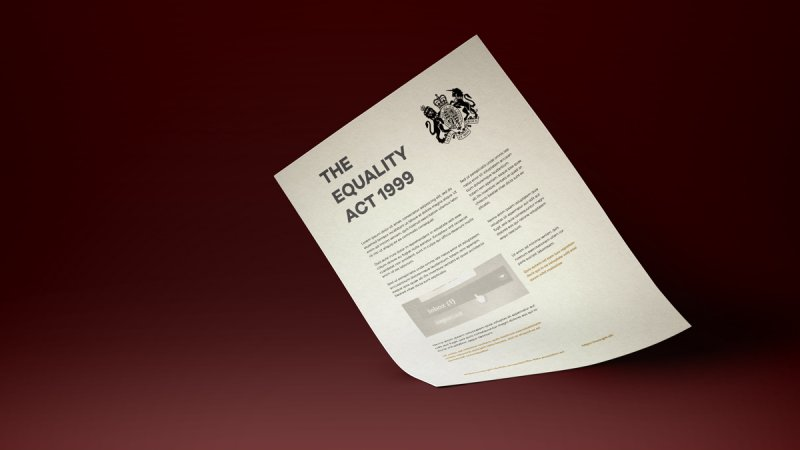Many new mothers in the United Kingdom (UK) continue to work whilst they are pregnant and whilst they are breastfeeding, and therefore the workplace needs to accommodate both new and expectant mothers. The Workplace (Health, Safety and Welfare) Regulations 1992 state that employers have a responsibility to provide “suitable facilities” to new and expectant mothers in the workplace. The health and safety of new and expectant mothers should be a priority.
Breastfeeding Facilities in the Workplace
The UK has one of the lowest breastfeeding rates in the world and some have suggested this is due to companies failing to accommodate breastfeeding mothers returning to work. If employers ensure the workplace has suitable facilities for new mothers retuning to work, it will encourage mothers to continue breastfeeding when they are at work.
New mothers have the right to breastfeed their child at work and to express milk at work, in the designated area provided in the workplace. Some mothers might decide to breastfeed their child at work if they can; for example, if the workplace has an on-site nursery or a nearby nursery, mothers will be able to breastfeed their child in the workplace. However, if you don’t have access to your child during the working day, you can express milk at work, store it and then take it home at the end of the day.
After you have given birth, you legally cannot return to work for 2 weeks, or 4 weeks if you work in a factory. If you wish to return to work whilst breastfeeding, inform your employer of this with written warning. Your employer can then implement the appropriate facilities for those who wish to breastfeed and express milk at work.
Legal Requirements for New and Expectant Mothers in the Workplace
The following sets of legislation refer to new and expectant mothers in the workplace.
- The Management of Health and Safety at Work Regulations 1999 explicitly states that employers must protect the health and safety of new and expectant mothers.
- The Workplace (Health, Safety and Welfare) Regulations 1992 demands employers offer “suitable facilities” to new and expectant mothers. This can be interpreted differently by organisations, but guidance on the type of facilities which should be provided will help organisations to comply.
- The Equality Act 2010 aims to protect new and expectant mothers from employer discrimination and unfair treatment.
Suitable Facilities for New and Expectant Mothers
- A private room for expectant mothers to rest and for breastfeeding mothers to express milk within, this should have a lock on the door.
- This room should also be clean and comfortable for the new mother to rest and to express milk within.
- This room should provide access to a plug socket, so that a breast pump can be plugged in if it needs to be.
- A refrigerator should be available for new mothers who are expressing milk during the day, to store the expressed milk until the end of the day.
- A toilet facility must not be used for new mothers to express milk within.
- A first aid kit and trained first aiders should always be available in the workplace.

Risks Associated with Breastfeeding Whilst at Work
When returning to work whilst breastfeeding, it is important to remain vigilant to the risks which could affect you. Therefore, it is important for you and your employer to sit down and consider the risks associated with breastfeeding. Your employer should conduct a new risk assessment to establish all of the potential risks.
Consider your working conditions, if you are working with radioactive materials, organic mercury or lead, this could be harmful. Therefore, it might be appropriate to wait until you have stopped breastfeeding, before you return to work in these conditions.
If a new mother returns to work within months of giving birth, they might need to express milk every three to four hours. The University of Arizona conducted research into new mothers expressing milk at work and concluded that women who were not supported in the workplace to express milk were less able to complete their job properly. Therefore, there is a correlation which can be drawn between employees who are supported to express milk safely and conveniently in the workplace, and the ability to complete their job successfully.
If an employer does not provide facilities for their employees to express milk at work, not only are they breaching the Workplace (Health, Safety and Welfare) Regulations 1992, they are also posing a significant risk to an individual’s health. If a woman does not express milk when they need to, they could encounter painful engorgement, which could lead to complicated health problems.
Therefore, if you continue to work whilst pregnant and decide to return to work whilst breastfeeding, it is important to make sure you are returning to a safe environment, equipped with appropriate facilities. If this is not the case, you should seek advise from the UK’s Health and Safety Executive.









